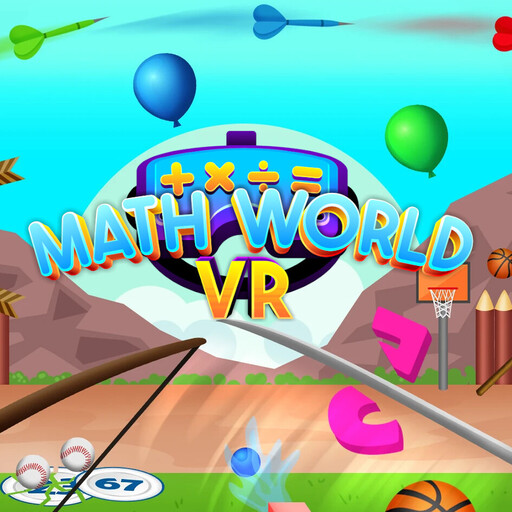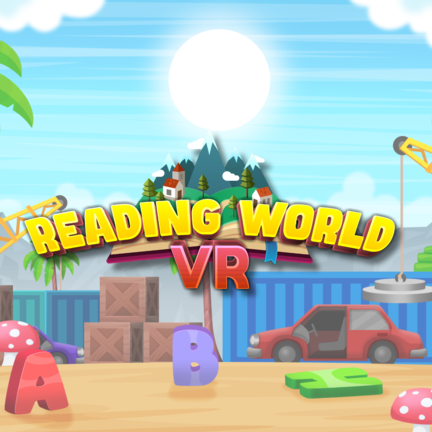Reading is a fundamental skill that plays a pivotal role in a person’s academic and professional life. With the digital age upon us, educators and parents are constantly seeking innovative ways to engage children in reading. One such method that has gained immense popularity is the use of educational games. But how exactly can games help improve reading skills? Let’s dive deep into this topic.
Educational games, often referred to as “edutainment”, combine entertainment and education. These games are designed with the primary purpose of teaching or training, while also being engaging and fun. Over the past decade, there’s been a surge in the development and use of educational games, especially in the realm of reading.
The Science Behind Learning and Play
Before we delve into the specifics, it’s essential to understand the science behind learning and play. Studies have shown that when children play, their brains become more receptive to learning. This is because play stimulates the release of dopamine, a neurotransmitter that enhances memory and concentration. By integrating learning and play, educational games create an environment where reading becomes both fun and effective.
Benefits of Educational Games in Reading
In today’s dynamic educational landscape, the traditional chalk-and-talk methods are being complemented, and in some cases replaced, by more interactive and engaging techniques. Among these, educational games have emerged as a frontrunner. These games, designed with pedagogical principles in mind, offer more than just entertainment. They provide a rich, immersive environment where reading becomes an adventure rather than a chore. As we delve into the specific benefits of these games, it’s essential to recognize their transformative potential in shaping the reading habits and skills of the younger generation. Whether it’s through colorful narratives, challenging puzzles, or interactive stories, educational games are redefining the way children approach and appreciate reading.
Enhanced Motivation:
Traditional reading methods can sometimes be monotonous. Educational games, with their interactive elements, rewards, and challenges, can motivate children to spend more time reading and engaging with the content. The gamified structure, complete with levels, points, and rewards, taps into a child’s innate desire for achievement and recognition, making the reading process more appealing.
Vocabulary Expansion:
Many games introduce children to new words in a contextual setting, making it easier for them to understand and remember these words. Over time, this can significantly expand their vocabulary. Additionally, the repetitive exposure to these words within the game environment reinforces memory retention, ensuring that new vocabulary is not just learned but also retained.
Improved Comprehension:
Games often require players to read instructions, follow narratives, or answer questions. This encourages children to read with understanding, enhancing their comprehension skills. The interactive nature of games also means that children often encounter scenarios where they must apply what they’ve read, further solidifying their grasp of the content.
Improved Spelling Skills:
Many educational games incorporate word-based challenges, puzzles, or activities that require players to spell words correctly to progress. As children engage with these games, they are exposed to correct word spellings repeatedly, aiding in their retention. Additionally, games that involve word construction or correction provide a hands-on approach to learning spellings. Mistakes are often highlighted, and players are prompted to correct them, reinforcing the correct spelling patterns in their memory. Over time, regular interaction with such games can significantly enhance a child’s spelling accuracy and confidence in writing.
Real-time Feedback:
Unlike traditional reading exercises, games provide immediate feedback. If a child misinterprets a word or phrase, the game can offer corrections, ensuring that misconceptions are addressed promptly. This instant feedback loop allows for immediate rectification, preventing the consolidation of incorrect information.
Development of Critical Thinking:
Many educational games are designed with puzzles or challenges that require players to think critically. As they read and engage with the game, children develop the ability to analyze information, draw conclusions, and make informed decisions based on the content.

Examples of Educational Games that Boost Reading Skills
a) Story-based Games: These games revolve around narratives that players must follow. As players progress, they read more of the story, enhancing their reading fluency and comprehension.
b) Word Puzzle Games: Games like Scrabble, Boggle, or Word Search not only help with vocabulary but also improve spelling and pattern recognition.
c) Interactive eBooks: These are digital books with interactive elements, such as clickable words that provide definitions or pronunciations, enhancing the reading experience.
Tips for Choosing the Right Educational Reading Game
a) Age-appropriate Content: Ensure the game is suitable for the child’s age, both in terms of reading level and content.
b) Check Reviews: Look for games that have positive reviews from educators and parents.
c) Focus on Learning Outcomes: While entertainment is essential, the primary goal should be educational. Ensure the game aligns with the desired reading outcomes.
d) Limit Screen Time: While educational games are beneficial, it’s essential to balance screen time with other activities.
The Future of Educational Games and Reading
With advancements in technology, we can expect educational games to become even more immersive and personalized. Virtual reality (VR) stands at the forefront of this revolution, offering unparalleled immersion in the world of reading. Imagine a child not just reading about a historical event, but being transported to that era, walking amongst historical figures, and witnessing events unfold in real-time. This level of immersion can make complex topics more accessible and engaging. VR can transform static texts into dynamic 3D environments, allowing students to interact with the content, deepening their understanding and retention. Furthermore, as VR technology becomes more advanced, we can anticipate even more realistic and interactive reading scenarios, from exploring the depths of the ocean to traveling through the vastness of space, all while enhancing literacy skills. Augmented reality (AR) adds another layer by blending the real and virtual worlds, offering contextual reading experiences.
Incorporating Educational Games into Daily Learning Routines
As we’ve explored the myriad benefits and the promising future of educational games in enhancing reading skills, it’s crucial to understand how to seamlessly integrate these tools into daily learning routines. Here’s a guide to doing just that:
a) Setting Clear Objectives: Before introducing any game, educators and parents should have a clear understanding of what they aim to achieve. Is the goal to improve vocabulary, enhance comprehension, or simply foster a love for reading? Knowing the objective will guide the selection process.
b) Scheduled Game Time: While spontaneity has its merits, having a dedicated time for educational gaming can help in creating a routine. This ensures that students have something to look forward to and can prepare mentally for the activity.
c) Balance with Traditional Reading: While educational games are a fantastic tool, they should complement, not replace, traditional reading methods. Ensure that there’s a balance between reading physical books, e-books, and engaging in game-based learning.
Conclusion
In the digital age, where children are naturally drawn to screens, educational games present a golden opportunity to enhance reading skills. By choosing the right games and ensuring a balanced approach, parents and educators can harness the power of play to foster a love for reading and improve reading proficiency.








